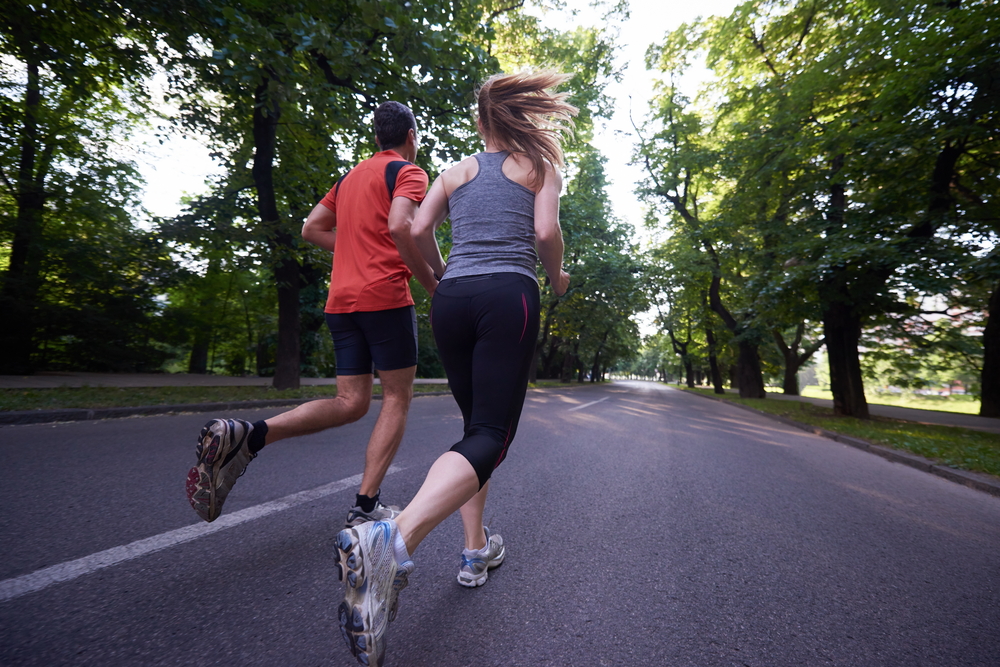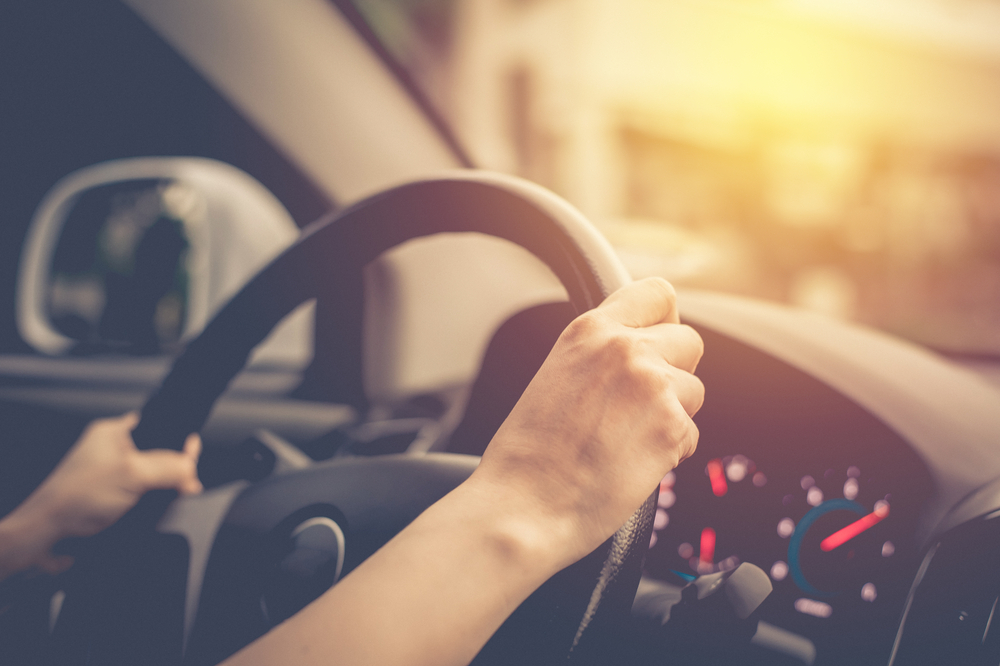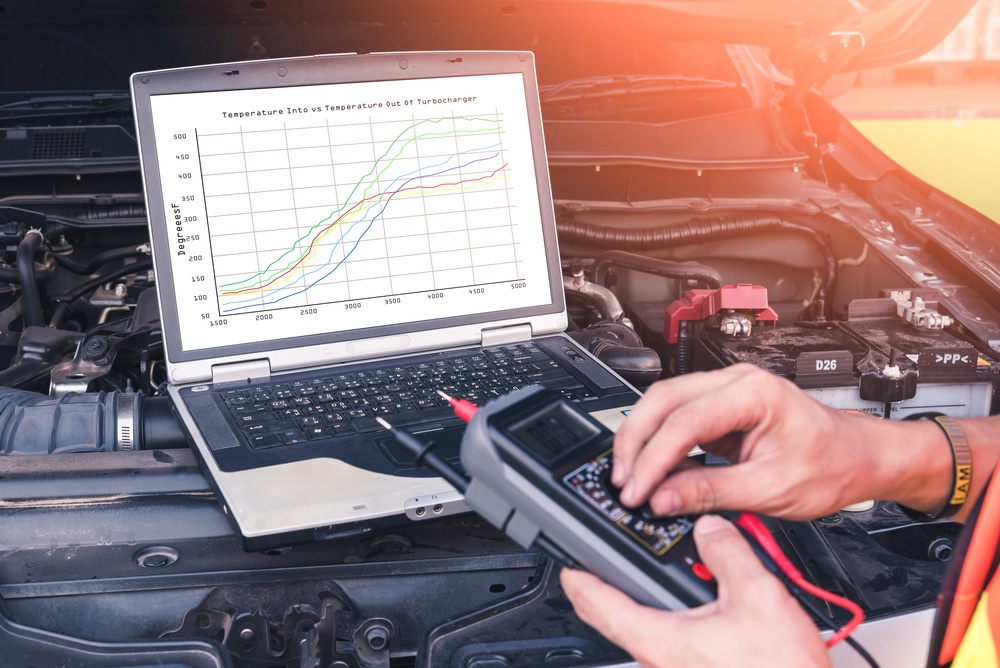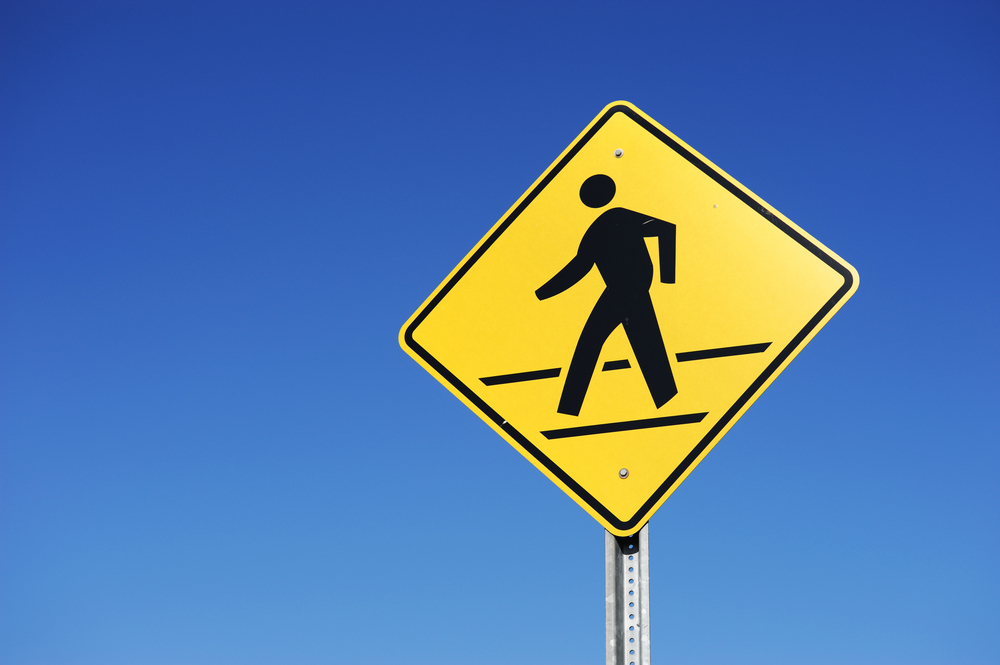If there’s one thing that makes day to day activities or tasks more difficult, it’s chronic pain. That constant throbbing in your neck, sharp pains in your back or aching in your knees. So many people spend countless hours trying to relieve their pain or symptoms with no satisfaction. Common ailments linked to chronic pain can include injuries received in a motor vehicle accident, slip, trip or fall or more severely as a result of a catastrophic or traumatic accident.
To give you a hand this holiday season and to help bring some relief to your suffering, we’re sharing WebMD’s list of 11 tips for living with chronic pain. Some of these you might be more familiar with, some may be new, but everything is worth a try once!
- Relax using deep breathing or meditation practices
When we’re stressed, our muscles can become tense and tight. Practicing deep breathing or forms of meditation can reduce these symptoms and help you relax. Having a gentle massage or taking time to focus on clearing your mind are other ways to combat tension.
- De-stress
Did you know that feelings of depression, anxiety, and anger can increase the intensity of chronic pain? Learning to manage these types of emotions has been said to provide some relief. There are several ways that you can de-stress. For example, listening to calming music can uplift your mood or writing out your emotions in a journal.
- Exercise
This is a popular way to deal with injuries. When you exercise your body naturally release endorphins which help improve your mood. Exercise in general is good for your health, it keeps your blood pressure regular, cholesterol levels normal and decreases risks for heart diseases. It also strengthens your muscles which, when strong, limit the chance of reinjuring yourself and reduces chronic pain symptoms.
- Limit alcohol intake
When you deal with chronic pain, getting a proper restful night’s sleep is next to impossible. Having a drink to take the edge off may seem like a good idea. However, unlike popular belief, alcohol can make sleep problems worse. Limiting how much you drink alcohol can help improve your quality of sleep.
- Connect with others
It’s natural to associate with people who have similar traits to you or like interests. Going to group meetings with others who’ve been in serious motor vehicle accidents or are now suffering from side effects of others negligence keep you from feeling alone. Connecting with people who are also suffering from the same or similar chronic injury or disease can evoke the same feelings of belonging. Others may also offer symptom relief methods or practices that you may not have tried.
- Don’t smoke
Reduced circulation levels are a known side effect of smoking. This can intensify any circulation conditions and further increase the risk of heart disease and cancer.
- Track pain levels
Keeping your doctor informed about how you are feeling helps them provide the proper care. Between visits, track how you are feeling in a journal. Using a scale of 1 – 10 and listing out activities or things done that day can help pinpoint what triggers higher pain levels. Sharing this with your doctor can help in the management of chronic pain. This can also be useful if you’ve suffered an injury at work, such as a slip and fall, and need detailed documentation for medical appointments.
- Give Biofeedback therapy a try
This method of therapy is new to us. Biofeedback claims to allow you to control various body functions. Using sensors, you can “hear” or “see” different body functions. It’s displayed on monitors as squiggly lines that you eventually learn to control these functions using your biological system.
- Get a massage
Quite possibly the most widely used form of stress and chronic pain relief. Massages alleviate the tension in your muscles and allow for complete relaxation. Those who suffer from back and or neck pain as a result of a slip and fall or motor vehicle accident find this method of relief a fantastic way to manage their symptoms.
- Eat a well-balanced diet
Believe it or not, what you eat plays a part in how you feel. Eating a well-balanced diet keeps your digestive system running well, reduces risk of heart disease and keeps your weight under control.
- Get distracted!
Get out and get your mind off things. Sitting around and thinking about your bad knee, cursing the sidewalk for causing you to slip and fall doesn’t make things better, in fact it does the opposite. Doing something you enjoy will take the focus off your pain and instead keep you preoccupied with the activity at hand.
If you experience chronic pain due to a motor vehicle accident, slip, trip or fall or other traumatic accident and are being treated unfairly, you might need legal assistance. Call #1000 on your cell phone for free. We will offer you a free claim assessment.















